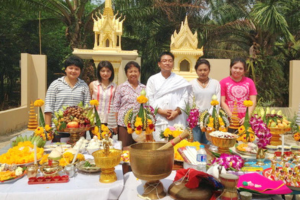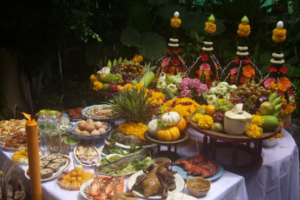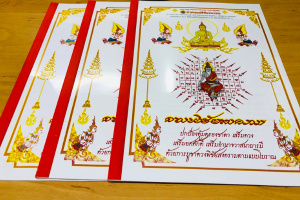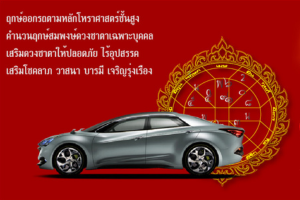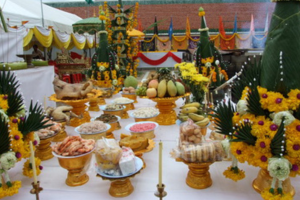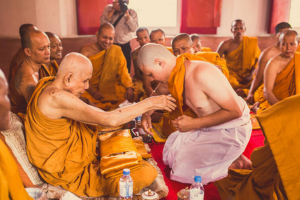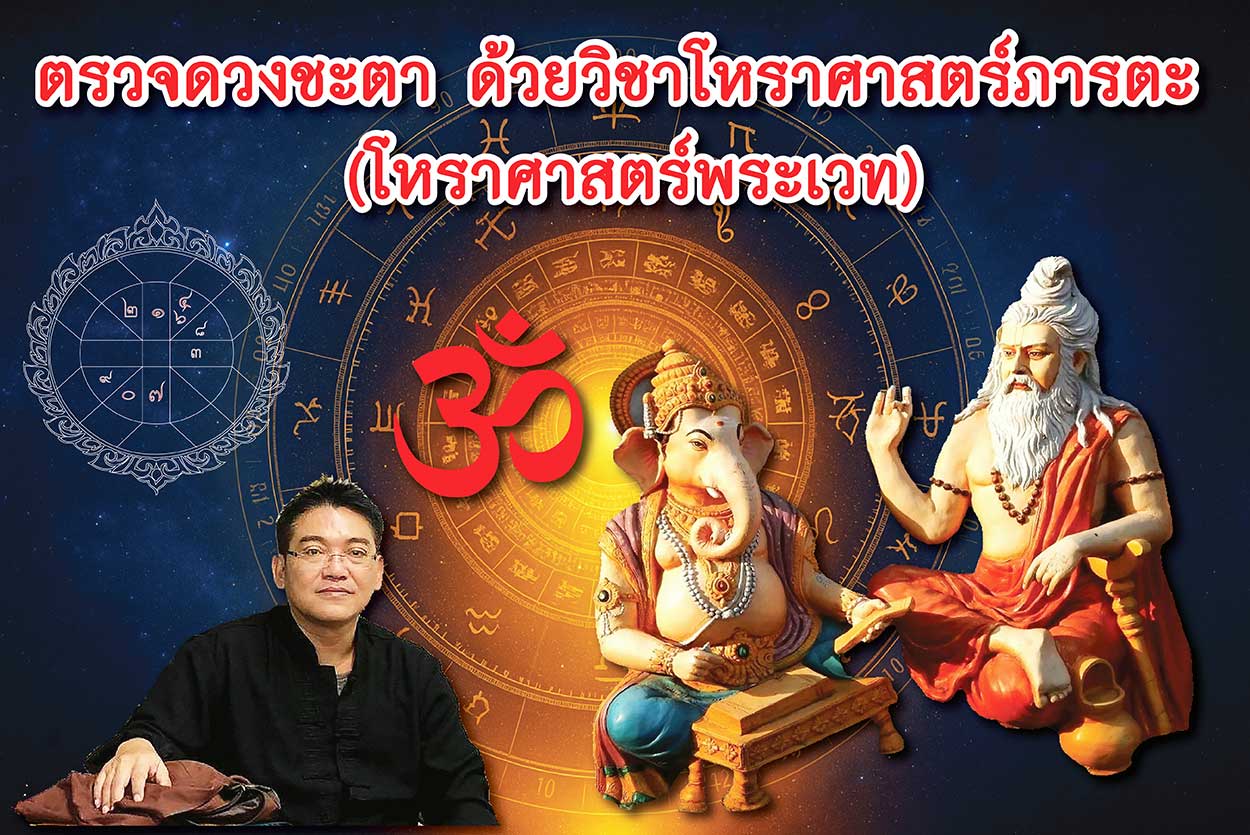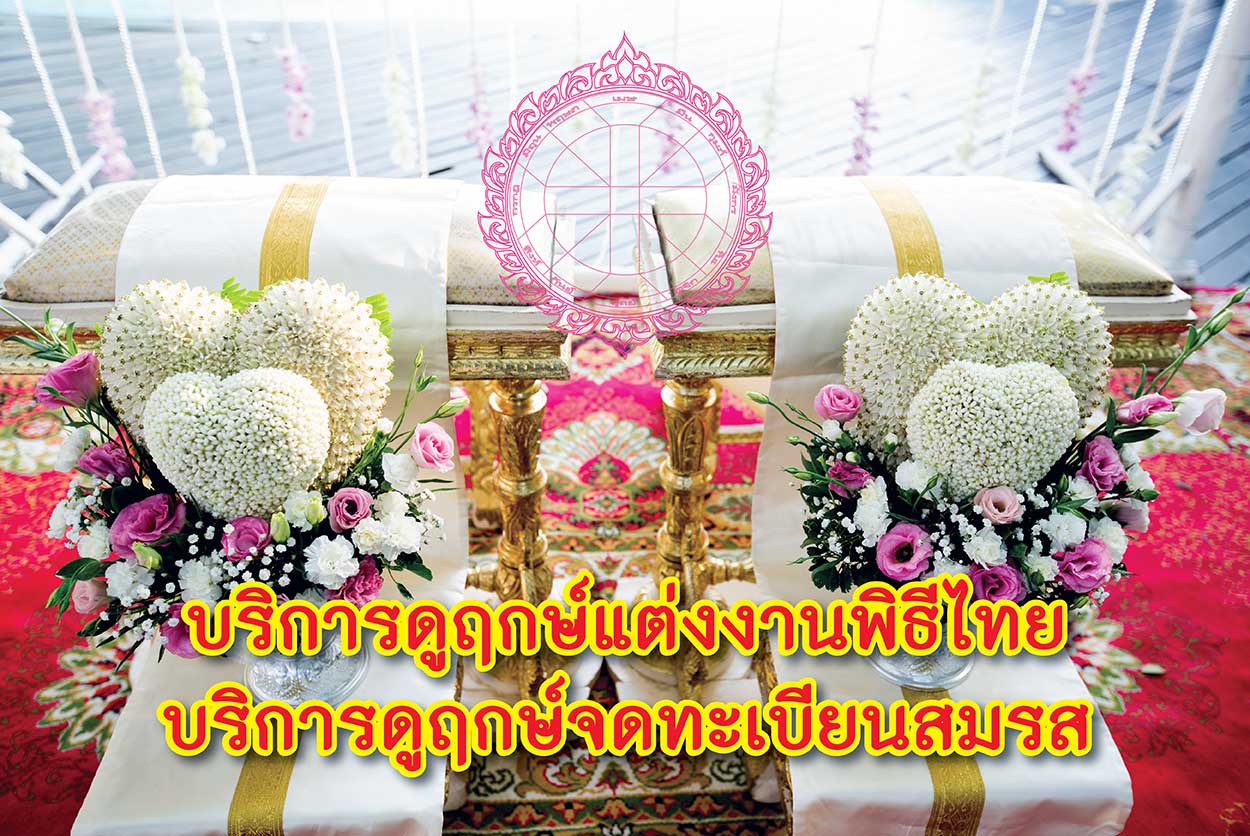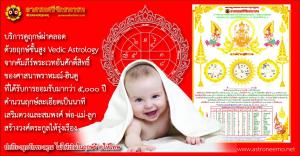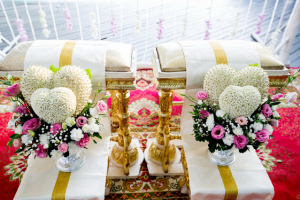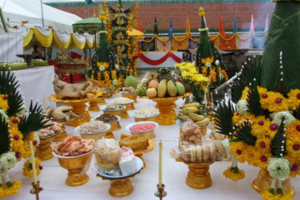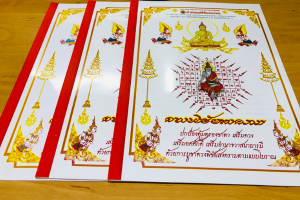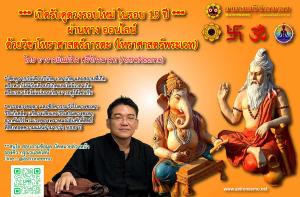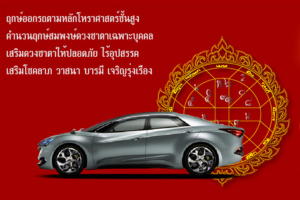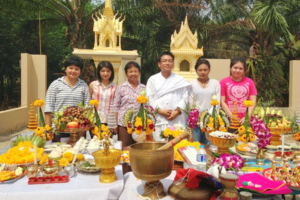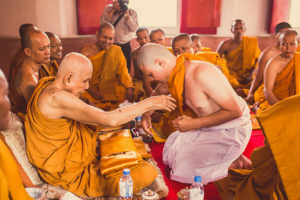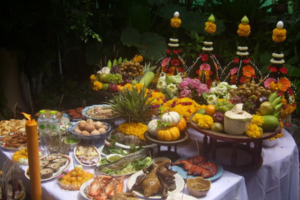CHAPTER V
Special Adverse Yogas and their Neutralisation
The farmers of the astrological rules were not mere theoreticians. They were practical men and did not beleive in merely cataloguing their observations for academical purposes. Whilst it is always desirable to fix a Muhurtha that is auspicious by all standards of astrological rules, there would sometimes be practical difficulties and emergent occasions which admit of no delay. Therefore, emphasis is laid on what is called gunabahulya or excess of good and dosha swalpa or deficiency of evil. When one has to visit a friend or a relation, who is seriously ill in, a far-off place, we are asked not to attach any consideration to the astrological factors. Because at a moment's notice it is impossible to get a time which could be deemed to be propitious astrologically. But when one is to go on a pilgrimage or a business tour or for a marriage, one should see that he starts under influences that are harmoniously disposed towards him.
There are said to be 21 great evils (ekavimsati mahadoshas) which are to be avoided for any auspicious work. But when one finds it difficult to avoid them because of astrological impossibility or circumstantial inability, one can take advantage of the neutralising combinations which are generally supposed to act as antidotes. We may just make a passing reference to these 21 great evils for the information of the readers. They are: -
1. Panchanga Suddhi. - We have already said that a Panchanga consists of tithi, vara, nakshatra. yoga and karana. All these must be auspicious. In regard to lunar days, the 4th, 6th, 8th, 12th and 14th, full and new moon days should be avoided. In regard to vara, Thursday and Friday are held to be suitable for all works. Tuesday, is to be generally avoided except when it happens to be the 10th, 12th or 16th day of the child's birth when the child's Namakarana (baptising or giving name) may be performed. Of the several Nakshatras, Bharani and Krittika should be avoided for all auspicious works as these two are said to be presided over by the god of death (Yama) and the god of fire (Agni) respectively. In urgent cases if the Lagna could be fortified, the dosha due to nakshatra may get neutralised. The last parts of Aslesha, Jyeshta and Revati should also be avoided. Coming to the Yoga (vide page 12) the 6th (Atiganda). 9th (Soola). 10th (Ganda), 17th (Vyatipata) and 27th (Vydhruti) have deleterious effects upon events which are started or commenced under them. - The Karana chosen must be appropriate to the election in view. Thus Bava is auspicious for starting works of permanent importance while Thaithula is propitious for marriage. Bhadra is unfit for any good work but is eminently suitable for violent and cruel deeds. For getting initiation into kshudra mantras Sakuni Havana is propitious.
Therefore, Panchanga Suddhi means a good lunar day, a beneficial weekday, an auspicious constellation, a good yoga and a fertilising Karana.
2. Surya Sankramana. - The 2nd great evil is Surya Sankramana or the solar ingress into different zodiacal signs. When the Sun is about to leave one sign and enter another there seem to occur certain disturbances in the organisation of the solar forces and such times are not recommended for any good work. On the contrary, they are held to be propitious for meditation, initiation into secret mantras and performance of certain religious rites which are held to purify not only the bodily electrical discharges but also the mental currents. Sixteen ghatis (6 hours 24 minutes) both before and after the entry of the Sun into a new sign should be rejected for all new works.
3. Karthari Dosha. - Karthari means scissors. In an election, when two evil planets are placed on either side of the Lagna, the combination goes under the special name of Karthari Dosha and it should be rejected for good work particularly in regard to marriage.
4. Shashtashta Riphagatha Chandra Dosha. - The Moon should invariably be avoided in the 6th, 8th and 12th houses from the Lagna rising in an election chart.
5. Sagraha Chandra Dosha. - The Moon's association with any other planet, benefic or malefic, should be avoided. This injunction is specially applicable in case of marriage.
6. Udayasta Suddhi. - The Lagna and the seventh should be strong. The Lagna should be occupied by its own lord and the Navamsa Lagna by its own lord or vice versa or lord of Lagna should aspect Navamsa Lagna and vice versa. Similarly the seventh and the lord of the seventh Bhava should be favourably disposed. The strength of Lagna and the seventh is necessary in all elections but especially so in regard to marriage.
7. Durmuhurtha. - Muhurtha technically means 48 minutes or 2 ghatis in terms of time. A sidereal day consists of 30 muhurthas. The 1st fifteen diurnal muhurthas named are: (1) Rudra. (2) Ahi. (3) Mitra,, (4) Pitrii, (5) Vasu, (6) Vara. (7) Vishwedeva, (8) Vidhi, (9) Sathamukhi, (10) Puruhuta, (H)Vahini, (12) Naktanchara, (13) Varuna, (14) Aryama and (15) Bhaga. The nocturnal muhurthas are: (1) Girisa, (2) Ajipada, (3) Ahirbudhnya. (4) Pusha, (5) Aswi, (6) Yama, (7) Agni. (8) Vidhatru, (9) Chanda, (10) Aditi, (11) Jeeva, (12) Vishnu. (13) Yumigadyuti, (14) Thyasthur and (15) Samdram.
In regard to the diurnal muhurtha, the 1st, 2nd, 4th, 10th, 11th, 12th and 15th are inauspicious while in nocturnai muhurthas the 1st. 2nd, 6th and 7th are inauspicious.
In calculating the muhurtha, the exact length of day and night should be ascertained. Each muhurtha is said to last for 48 minutes (2 ghatis) on the assumption that the duration of day and night is of equal proportion, viz. 30 ghatis, or 12 hours. If the length of day is 28 ghatis, then each muhurtha extends for 1 ghati and 52 vighatis (20h 20s. 8).
Apart from the above general classification of good and bad muhurthas, the following should also be deemed as unpropitious on the different weekdays. Sunday coinciding with the 14th lunar day (Aryama); Monday the 8th (Vidhi) and the 12th (Naktanchara); Tuesday the 4th (Prtru) and the 11th (Vahni); Wednesday (Abhijit); Thursday the 12th (Naktanchara) and 13th (Varuna); Fflday'the 4th (Pitru) and the 8th (Vidhi) and Saturday the 1st (Rudra) and the 2nd (Ahi).
Particularly in marriages, the muhurthas declared above as inauspicious in regard to weekdays should not be considered.
8. Gandanthara. - The last 2 ghatis (48 minutes) of the 5th, 10th and 15th (Full Moon) and the first 2 ghatis of the 6th, 11th and 1st (dark half) lunar days go under tithigandanthara and they should be rejected for all new works. Similarly, the last 2 degrees of Cancer. Scorpio and Pisces and the first 2 degrees of Leo, Sagittarius and Aries are inauspicious. The last ghatis of Aslesha, Jyeshta, Moola, Revati and Aswini and the first four ghatis of Makha should be avoided as injurious for good work.
Papashadvargs. - Malefics should not be strong in shadvargas in an election chart.
10. Bhrigu Shatka. - The position of Venus in the 6th is injurious. This is especially so in regard to marriage. Even when Venus is exalted and associated with benefics, such a disposition is not approved.
11. Kujasthama: - Mars should be avoided in the 8th house, as it indicates destruction of the object in view. In a marriage election chart. Mars in the 8th is unthinkable. Even if Mars is otherwise powerful, he should not occupy the 8th house.
12. Ashtama Lagna Dosha. - In selecting a time for marriage, the Lagna ascending should not happen to be the 8th from the Janma Lagna of the bride and the bridegroom. Suppose the would be husband and wife are born in Aquarius and Capricorn respectively. At the time of marriage, the ascending Lagna should be a sign other than Virgo or Leo as these two happen to be the 8th from the bridegroom and bride's Janma Lagnas respectively.
13. Rasi Visha Ghatika. - Elsewhere has been given the negative periods of different Lagnas (Lagna Thyajya). They are to be rejected for all auspicious work.
14. Kunavamsa Dosha. - The Lagna selected for an auspicious work should not occupy the Navamsa of a malefic.
15. Varadosha. - This has already been explained on page 26. Certain weekdays are to be avoided for certain special activities.
16. Grahanothpatha Dosha. - The constellations in which the eclipses appear should be avoided, and in regard to marriage, such a constellation should be avoided for six months.
17. Ekargala Dosha. - This dosha is powerful only during the daytime. Affects matters started under certain yogas such as Vishkhambam. We need not go into details as it is not of much significance.
18. Krura Samyuta Dosha. - The constellation occupied by the Sun at a given moment, and the one immediately preceding and succeeding it have to be deemed unpropitious for all good work and they should be rejected for purposes of marriage.
19. Akalagharjitha Vrishti Dosha. - When there is rainfall and thunder, out of season, such days should be deemed unfit for all good work.
20. Mahapatha Dosha. - When the Sun and, the Moon are equally removed from the equator upon the same side of it, the aspect is known as Vyatipata, which indicates excess of evil. This is held to be unfavourable for all good work.
21. Vaidhruthi Dosha - This is also an evil aspect (yoga) and should be avoided in all favourable activities.
I have given above a fairly clear description of the 'evils', which are generally to be met with in all classical works on Muhurtha. The reader should not get scared away at the thought of these large number of doshas or planetary evils which are to be avoided if one is to elect a proper time for the fruition of an object in view. Man has to contend against a stupendous number of evil agencies or discordant vibrations released by the planetary bodies and each of these mahadoshas seems to express euphemestically the particular types of evil energies which would affect adversely particular types of human activities. There are several exceptions to these general doshas. One should always remember that in electing a suitable moment one should try to avoid the major doshas by fortifying the ascendant and taking advantage of the exceptions and ignoring the minor ones.
The following combinations are held to neutralise the adverse yogas mentioned above:
1. The lagnathyajya referred to supra prevails only on particular days as per details below. In the first Navamsa - Wednesday and Saturday. In the middle Navamsa - Monday and Friday. In the last Navamsa - Tuesday, Thursday and Sunday. In other days the thyajyam has no significance.
2. Chandrashtama shows no evil when the Moon is waxing and occupies a benefic sign and a benefic Navamsa, or when there is Tarabala. The sting is lost when the Moon and the 8th lord are friends.
3. Tuesday is not evil after midday.
4. The aspects attributed to Vyatipatam, Vaidruti, etc., become defunct after midday.
5. No day of the week is blemished if the lord thereof is strongly placed in the election chart.
6. Venus, Mercury or Jupiter in the ascendant will completely destroy all other adverse influences.
7. Jupiter has the power of dispelling all the evils due to the Lagna, Navamsa and malefic aspects and render the time highly propitious.
8. The mere presence of the Moon or the Sun in the 11th will act as an antidote for other evils obtaining in the horoscope.
9. If the angles are well fortified, evil influences are countered.
10. A planet exalted in Lagna will nullify the other adverse influences.
11. Jupiter or Venus in a kendra (quadrant) and malefics in 3, 6 or 11 will remove alt the flaws arising on account of unfavourable weekday, constellation, lunar day and yoga.
Thus it will be seen that the most important question in Muhurtha is the fortification of Lagna and its lord.

